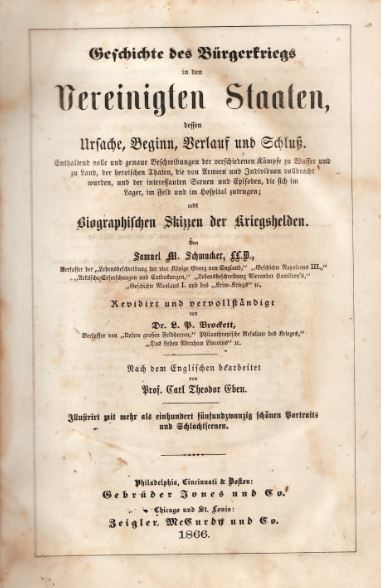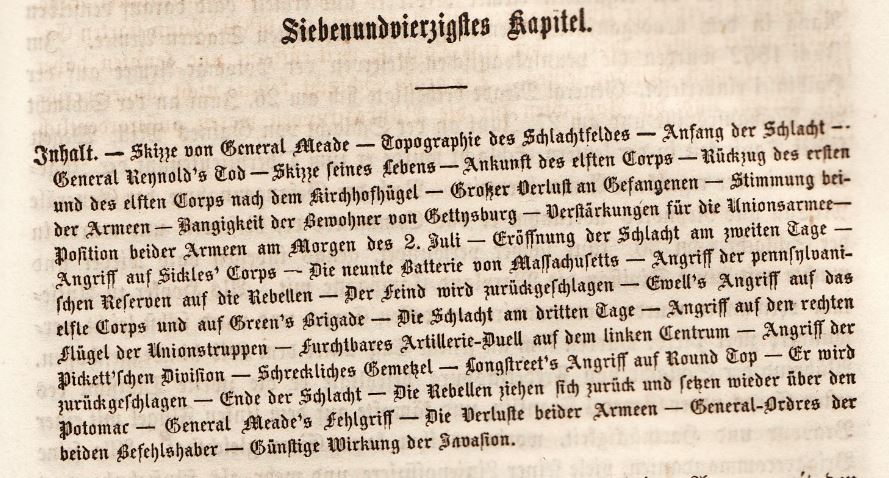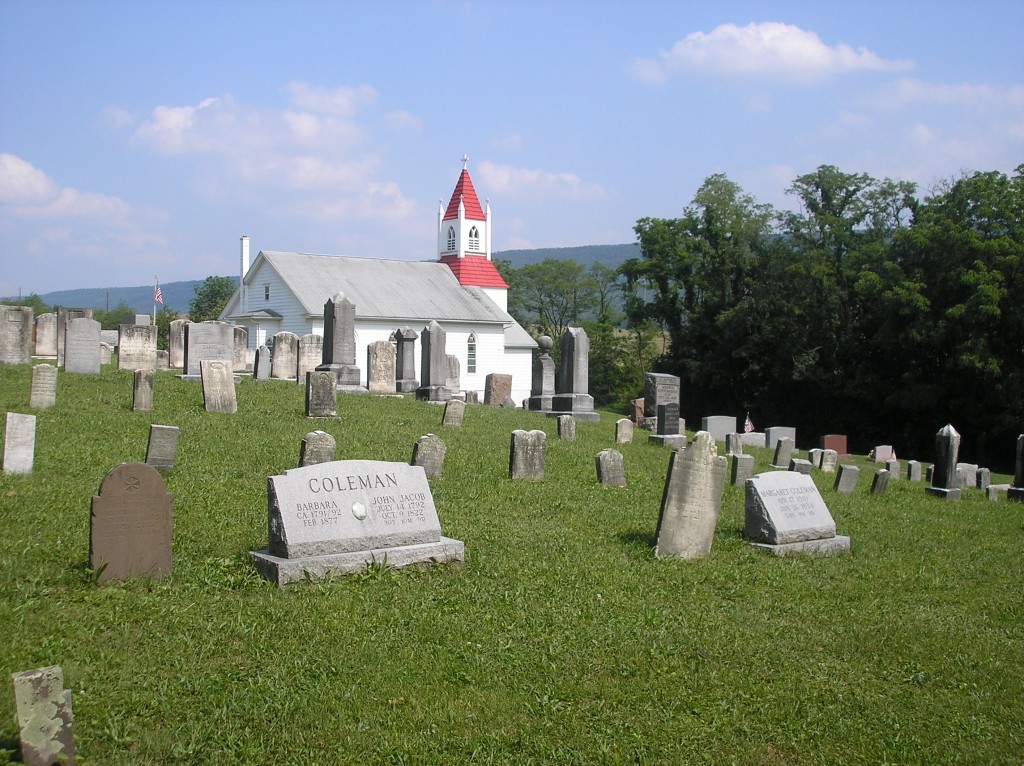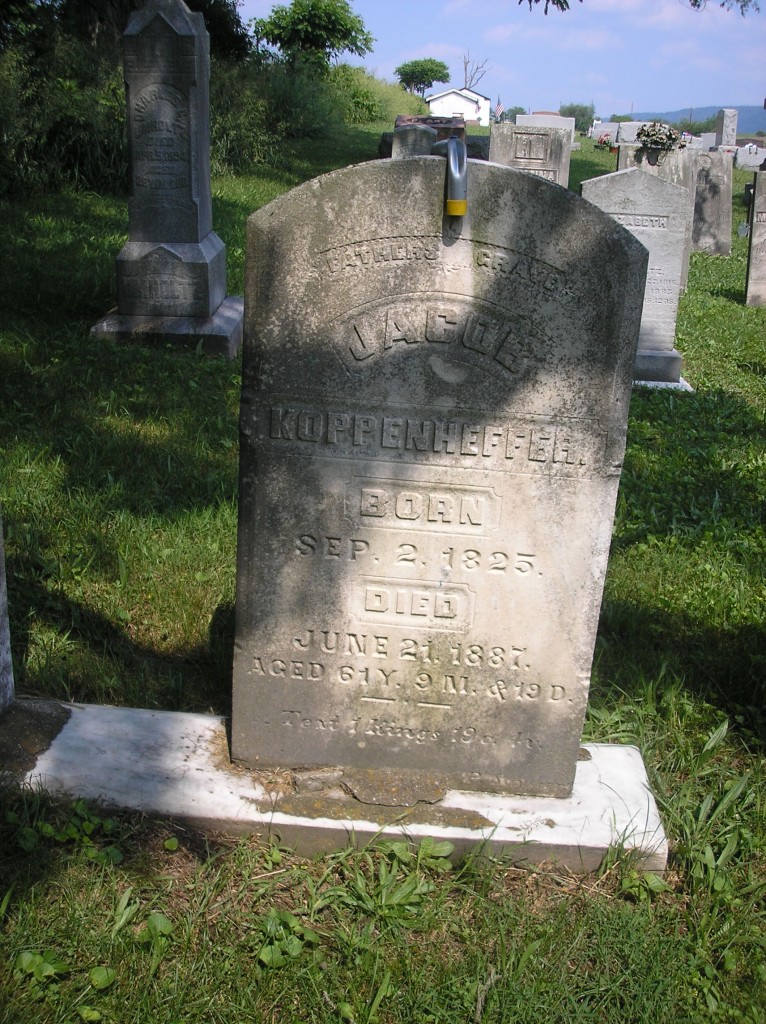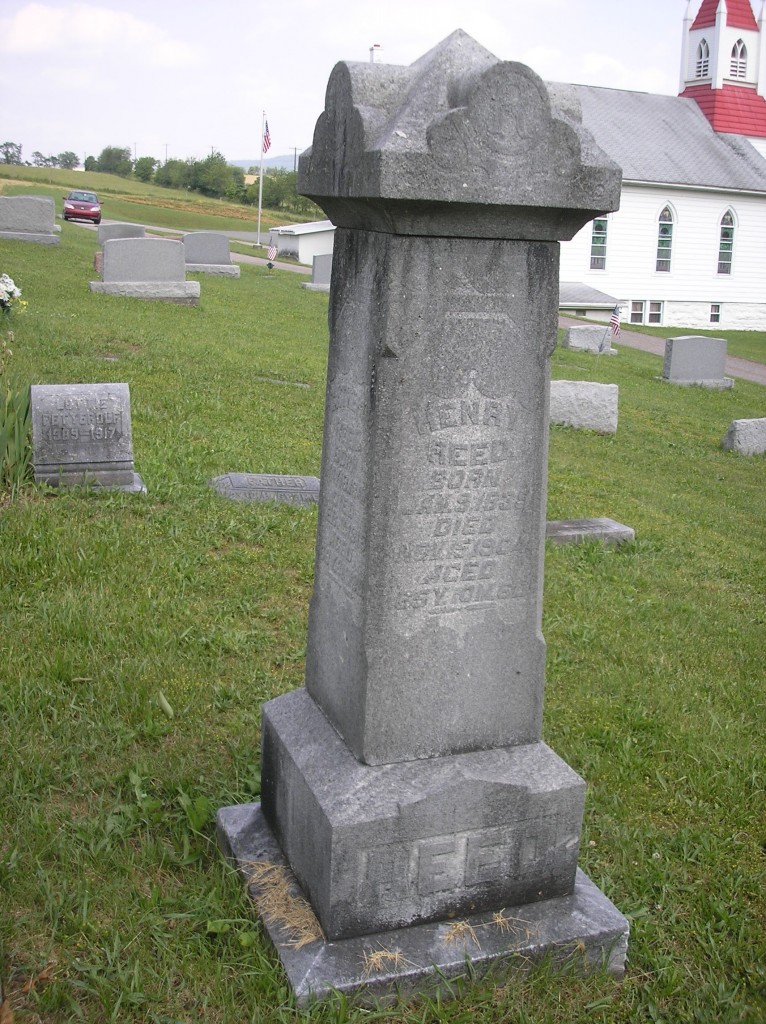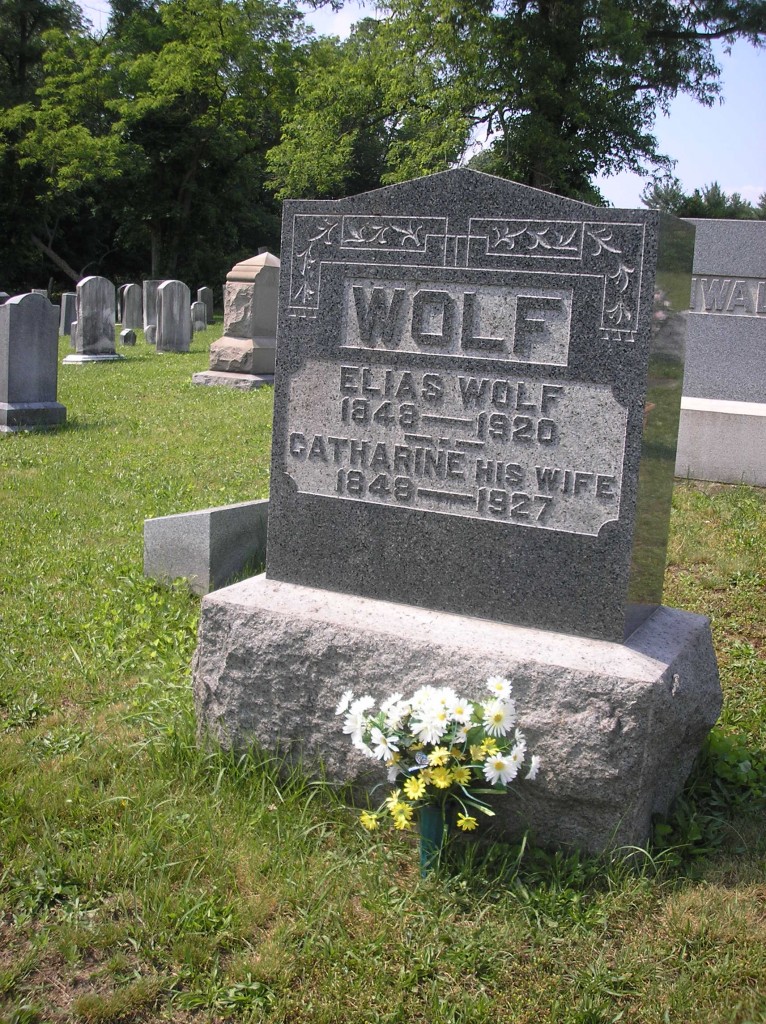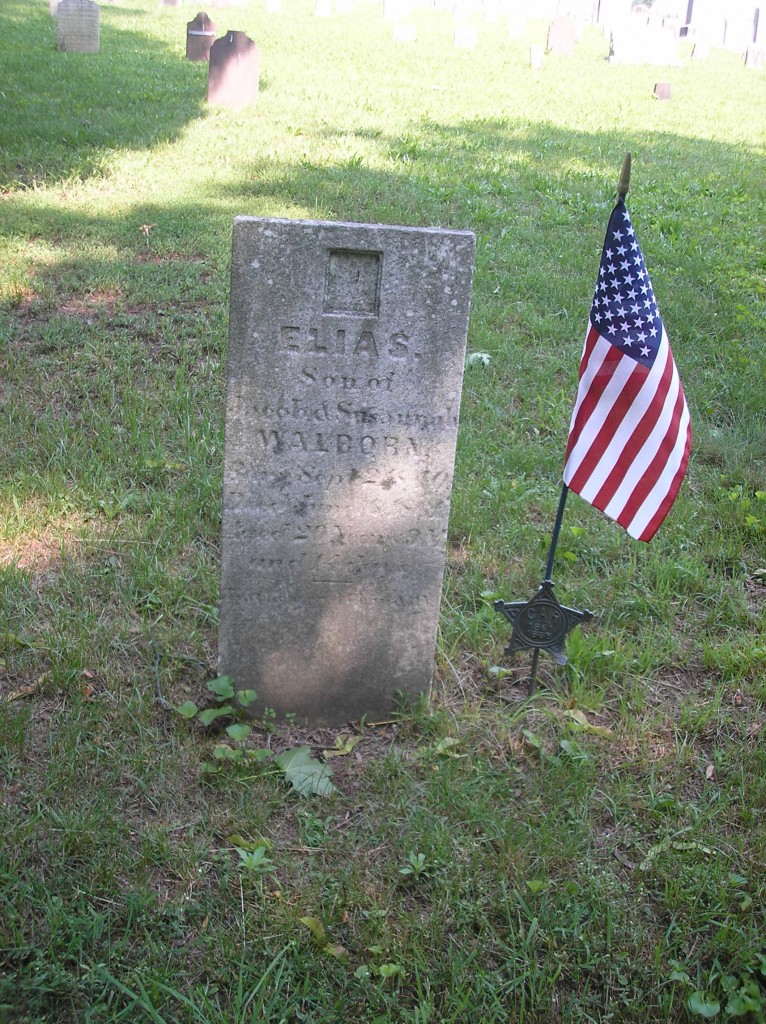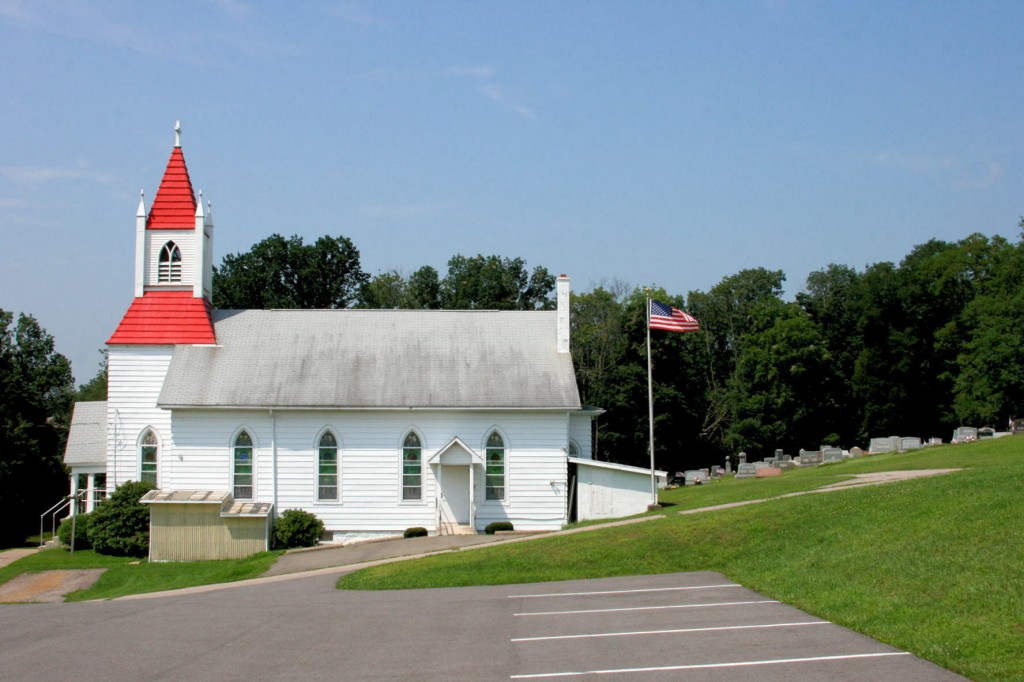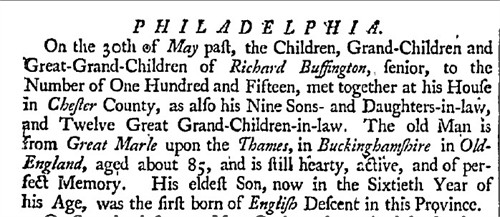Posted By Norman Gasbarro on April 25, 2013
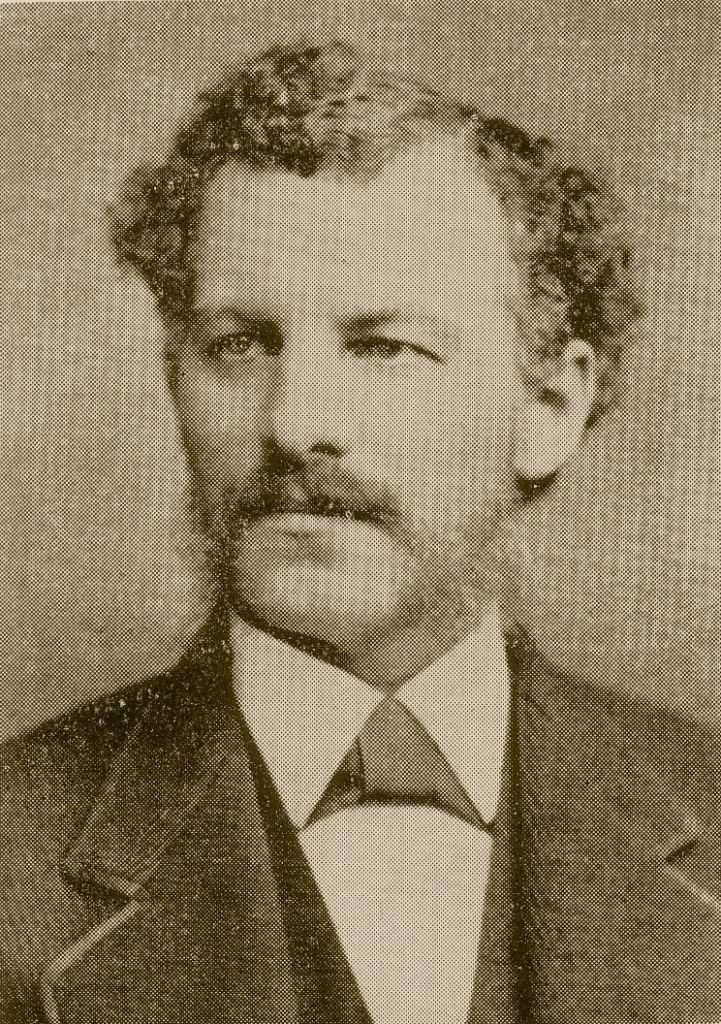
Uncle John M. Keiper (1842-1887) is buried in the Old Stone Church Cemetery in Elizabethville, Dauphin County, Pennsylvania. He is one of many persons of whom it is believed that they served in the Civil War, but there is no formal recognition of their service at their graveside.
John M. Keiper was born 17 February 1842 in Washington Township, Dauphin County, Pennsylvania, the son of John Keiper and Catherine [Runk] Keiper of that same place. His early years were spent on the farm of his parents and he attended school in the township. In the early 1850s, the family moved to Elizabethville and John Jr. began learning the merchandising business which he converted to practice by operating his own general store at the west end of town until about 1868. In the 1860 census, he is listed as a carpenter and is living in the household of an Elizabeth Runk, a widow aged 58, his grandmother. Also in the household in 1860 is an older brother Michael Keiper, aged 20, a farm hand. Cemetery records show that John’s mother died in 1845. John’s father would marry Lucianna Buffington some time after 1845, a marriage that produced a half-brother for John in 1851, William Henry Keiper. John Keiper Sr. died in 1854 and is buried alongside his first wife Catherine [Runk] Keiper in the Old Stone Church Cemetery.
In June 1863, John Keiper Jr. was elected Secretary of the Lykens Mutual Fire Insurance Company, a position he held for one year. In June 1868, he was again elected Secretary, but on 31 March 1869, he appeared at a company meeting and resigned because “owing to his mercantile pursuits he could not longer attend to the business of the company.” In January 1869, John Keiper had re-located to Philadelphia and in partnership with a Mr. Young, a traveling salesman who he met in the Lykens Valley, began a successful business as wholesalers of Queensware. This business in Philadelphia, “Young and Keiper,” occupied John Keiper‘s time until his death in Philadelphia on 4 July 1887. Owing to the fact that Mr. Keiper never married, the Salem Reformed Church in Elizabethville became the recipient of his estate.

At the time of the Civil War Draft in 1863, John’s brother Michael Keiper registered for the draft as “married” and working as a farmer. The same page of the draft registration shows John Keiper Jr. as “unmarried” and working as a surveyor. Their residence was Washington Township, Dauphin County, Pennsylvania.

In checking the Civil War Veterans’ Card File at the Pennsylvania Archives, there are three persons named John Keiper who are found. Only one of these has the name “John Keiper Jr.” and his service is indicated as Company E, Independent Battery of the Militia of 1864. According to information in Bates, this independent group was mustered in between 16 July and 12 August 1864 and was discharged between 10 November and 14 November 1864. It was under the command of Lt. Col. Charles Stewart and Maj. Jacob Szink – and was otherwise known as Stewart’s Independent Militia. Not much is known about this group and more information is sought. No Pennsylvania Veterans’ Burial card has been located for this John Keiper Jr.
Of the two other persons named John Keiper who served in the Civil War, one John H. Keiper (about 1842-1872) served in the 12th Pennsylvania Cavalry, Company D, as a Sergeant, from 29 November 1862 to 20 July 1865. This John H. Keiper is buried in the Easton Cemetery, Easton, Northampton County, Pennsylvania, as confirmed by the Pennsylvania Archives. He was married to a woman named Ebeniza or Elizana. In 1870, he was living in Easton and working as a police officer. The other John Keiper (about 1838-about 1909) served in the 129th Pennsylvania Infantry, Company G from 11 August 1862 to 18 May 1863. He enlisted at Ashland, Schuylkill County, Pennsylvania. He is buried in the Odd Fellows Cemetery, Shenandoah, Schuylkill County, Pennsylvania. He married a woman named Sarah, and for a good part of his life he worked as a clerk or foreman in a colliery. In some of the war records he is referred to as John Kreiper.
Several indicators point to the John Keiper Jr. from Washington Township/Elizabethville as the same person who served in Stewart’s Independent Militia. First, the same name, “John Keiper Jr.,” is used in the militia records and the 1863 draft records. No other person found in the Pennsylvania Veterans’ Card File is so named. Second, the time frame would have suited this John Keiper Jr. in that his service to the Lykens Valley Mutual Fire Insurance Company concluded in July 1864 and the time of service in the militia would have begun at about the same time – July 1864. Finally, to date, no other person named John Keiper Jr. has been found in any other records – census, vital statistics, or church records – who would have been of the right age to serve in the Civil War. Since John Keiper Jr. did not survive to the 1890 Census, and was not married, the veterans’ enumeration cannot be used to confirm that he is the same person who served in the 1864 militia. Likewise, there has been no pension application found. It would be unlikely that there would have been a pension application anyway since the rules and conditions for obtaining a pension were not significantly relaxed until 1890. For the other two persons named John Keiper, there were either pension applications or burial cards found – neither mentioning service in the independent militia of 1864.
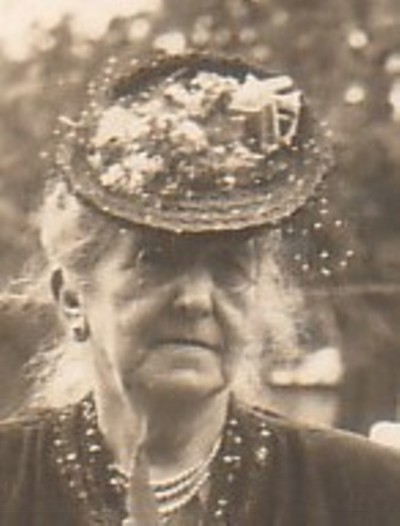
What led to this research? In the records of Lillian [Keiper] Blanning there was a carefully researched genealogy with references to her Uncle John Keiper as having served in the Civil War. Lillian’s “Uncle John” was the half-brother of Lillian’s father, William Henry Keiper (1851-1913). The genealogy was prepared so that Lillian could secure admission to the Daughters of the American Revolution. Her application, which is on file at the D.A.R. Headquarters in Washington, D.C., traced her ancestry back through her mother to two Buffington ancestors who were Revolutionary War soldiers – George Buffington (1759-1830) and Benjamin Buffington (1730-1814). Three of Lillian’s sons served in the military: (1) son William Franklyn Blanning was a graduate of Philadelphia Textile School and served in World War I with the U.S. Marine Corps and was seriously injured during battles in France. He had an outstanding service record. (2) son Edwin Joseph Blanning Jr. was a 1930 graduate of the United States Naval Academy and served in World War II. (3) son James Chester Blanning was a graduate of the United States Military Academy at West Point and died as a prisoner of the Japanese in a camp in the Philippines in 1945. Lillian carefully noted all these military connections in her genealogy – but she failed to mention the name of the regiment in which her Uncle John served. Lillian was born in 1872, and would have been about 15 years old when Uncle John died. It is not known whether she knew him since about three years before her birth, Uncle John moved to Philadelphia where he operated his wholesale business until his death. Lillian [Keiper] Blanning was born in Dauphin County but died in New Castle, Lawrence County, Pennsylvania.
While it cannot be said with 100% certainty that Uncle John Keiper was a Civil War veteran, the information at hand seems to point strongly to the conclusion that he did serve and that he served in Stewart’s Independent Militia in 1864. Much more information is needed on the life of John Keiper, particularly after he moved to Philadelphia and partnered with Young in the Queensware business. Contributions and suggestions are welcome!
Basic information on John Keiper Jr. (including his portrait) was found in Through the Years, 100th Anniversary of the Lykens Valley Mutual Insurance Company, a copy of which is available in the Gratz Historical Society Library. Lillian [Keiper] Blanning‘s genealogy is also found at the Gratz Historical Society Library; her portrait is in the author’s private collection. Genealogical information on the other persons named John Keiper was found on Ancestry.com. The Pennsylvania Veterans’ Index Card is from the Pennsylvania Archives.
————————
This post first appeared on this blog on 31 May 2011. Updated links appear in this edition.
Category: Research, Resources, Stories |
Comments Off on Was Uncle John Keiper a Civil War Veteran?
Tags: Buffington family, Elizabethville, Washington Township
 ;
;
